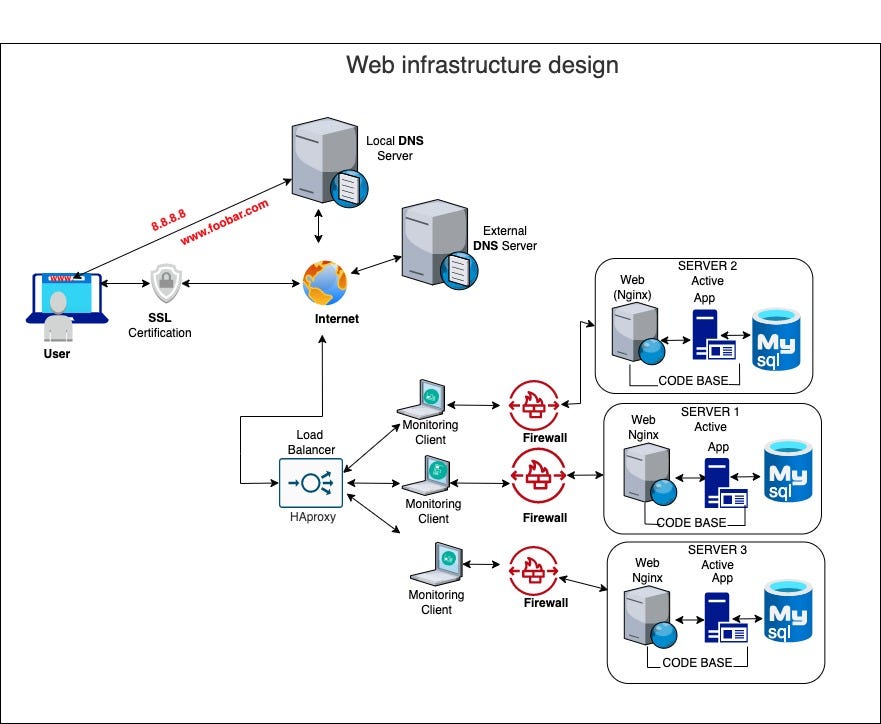Introduction
Energy efficient infrastructure design plays a crucial role in addressing the environmental challenges we face today. It involves creating structures and systems that minimize energy consumption and reduce the overall carbon footprint. By implementing energy-efficient infrastructure, we can lower greenhouse gas emissions, conserve natural resources, and promote sustainable development.
Benefits of Energy-Efficient Infrastructure Design
1. Cost Savings: Energy-efficient infrastructure reduces energy consumption, leading to significant cost savings in the long run. By incorporating features like efficient insulation, LED lighting, and smart energy management systems, businesses and individuals can reduce their energy bills.
2. Environmental Impact: Energy-efficient infrastructure design helps mitigate the impact of climate change by reducing greenhouse gas emissions. By using renewable energy sources and optimizing energy usage, we can contribute to a cleaner and healthier environment.
Key Strategies for Energy-Efficient Infrastructure Design
1. Passive Design Techniques: Incorporating passive design techniques such as natural ventilation, daylighting, and efficient building orientation can minimize the need for artificial lighting, heating, and cooling systems.
2. Renewable Energy Integration: Integrating renewable energy sources like solar panels and wind turbines into infrastructure design can reduce dependence on fossil fuels and promote clean energy generation.
Challenges and Future Outlook
Despite the numerous benefits, there are challenges to implementing energy-efficient infrastructure design. These include high initial costs, lack of awareness, and resistance to change. However, with advancements in technology and increasing global consciousness about sustainable practices, the future looks promising.
In conclusion, energy-efficient infrastructure design is crucial for creating a sustainable future. By adopting strategies such as passive design techniques and renewable energy integration, we can reduce energy consumption, lower costs, and mitigate the environmental impact. It is imperative for businesses, individuals, and governments to prioritize energy efficiency and work towards a greener and more sustainable world.
